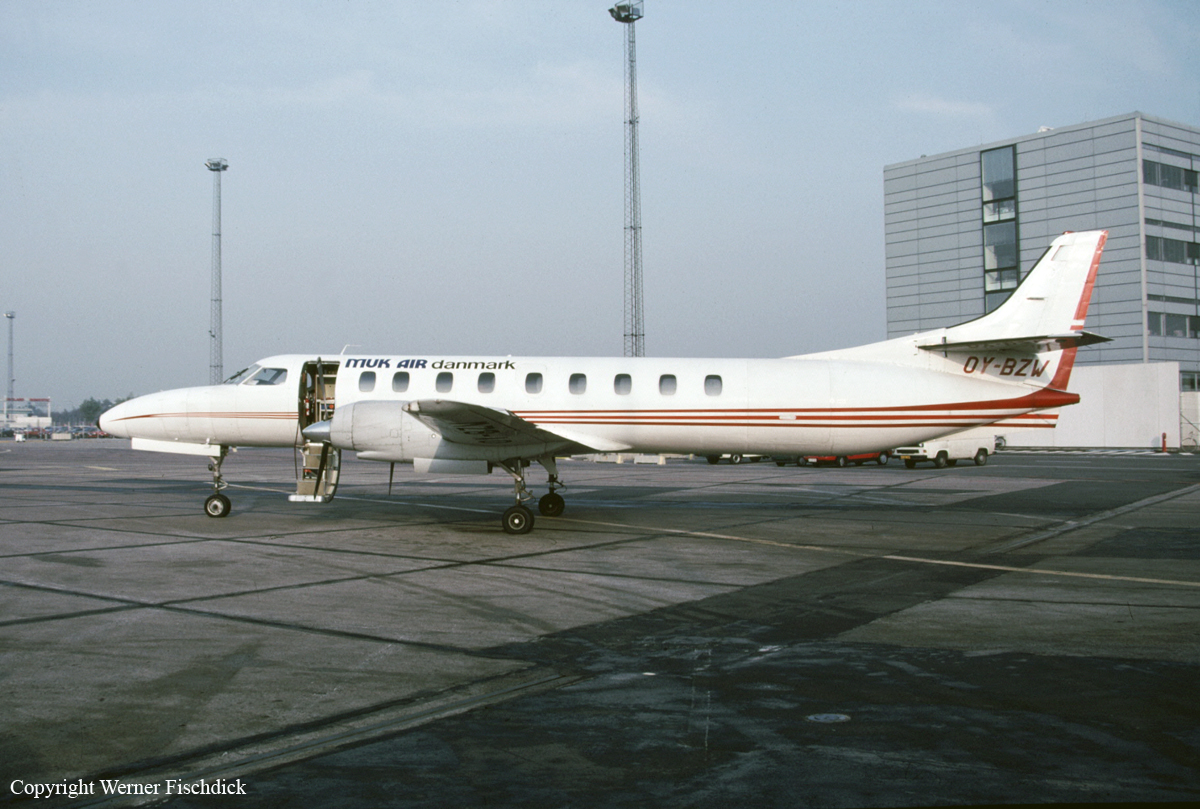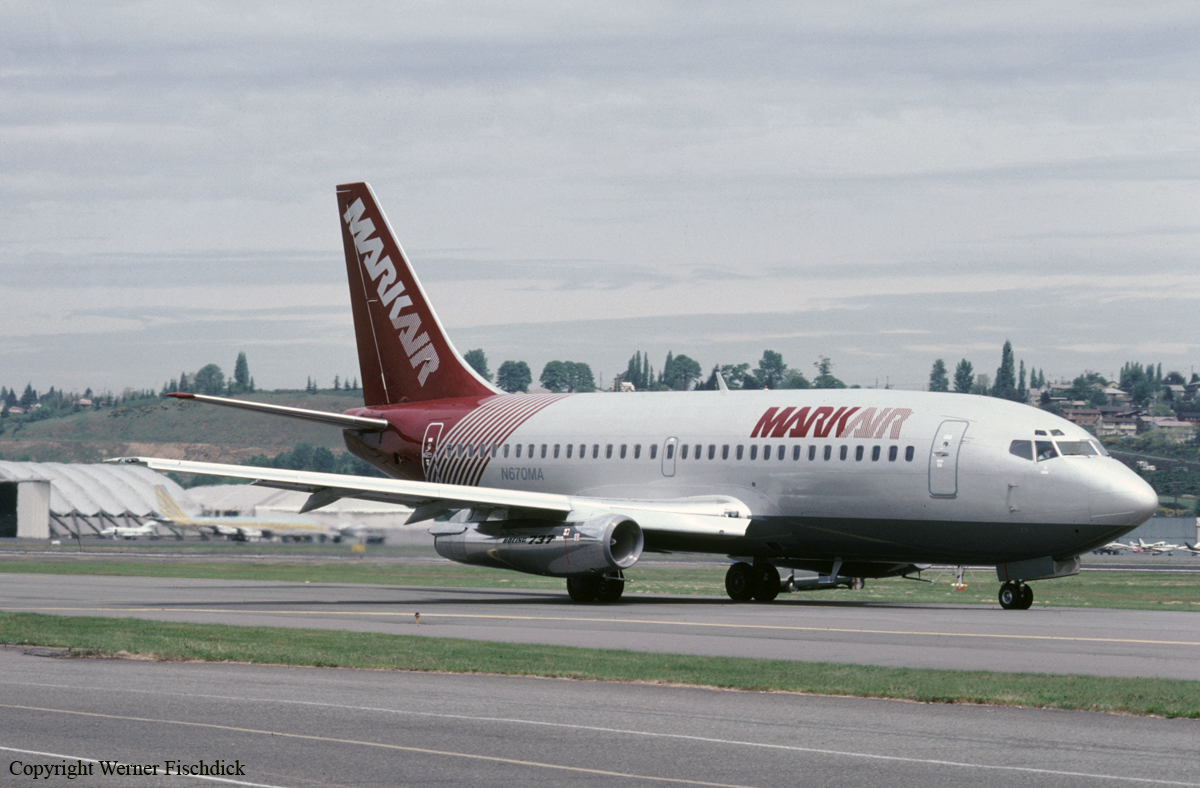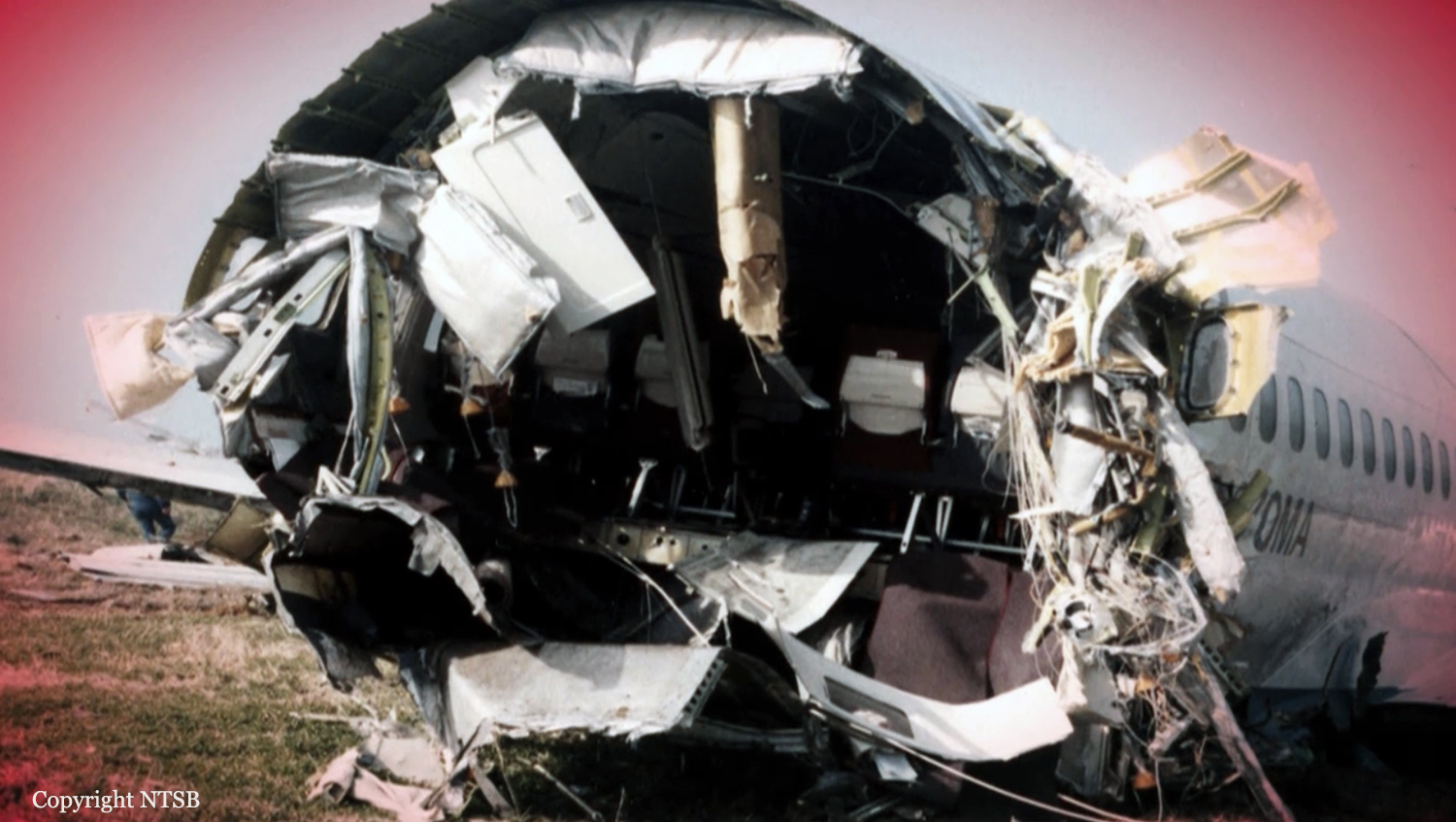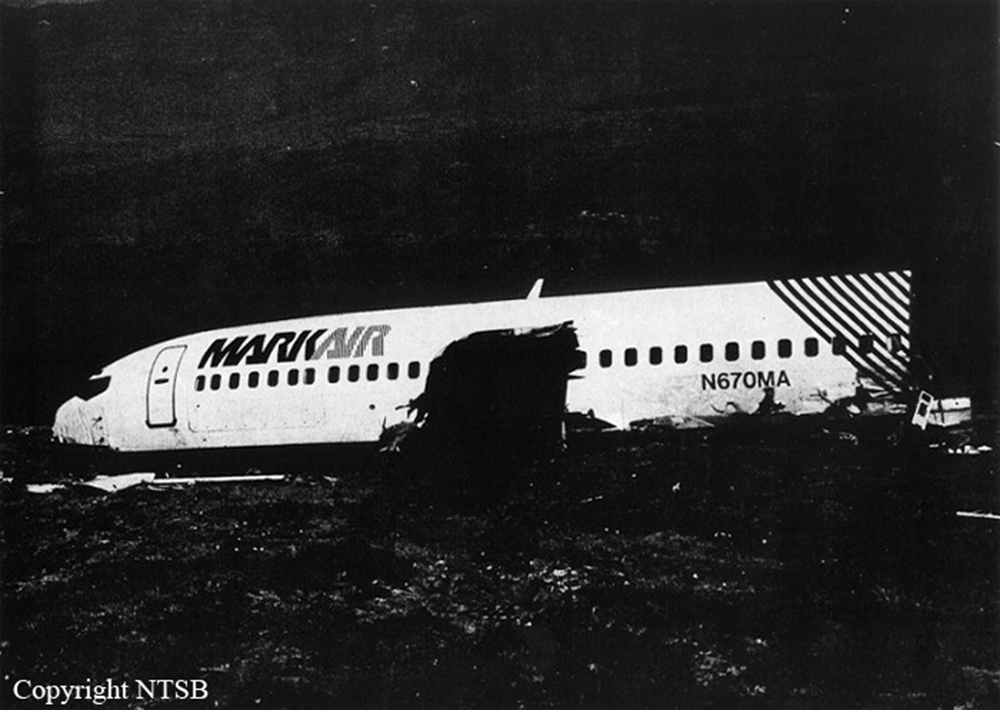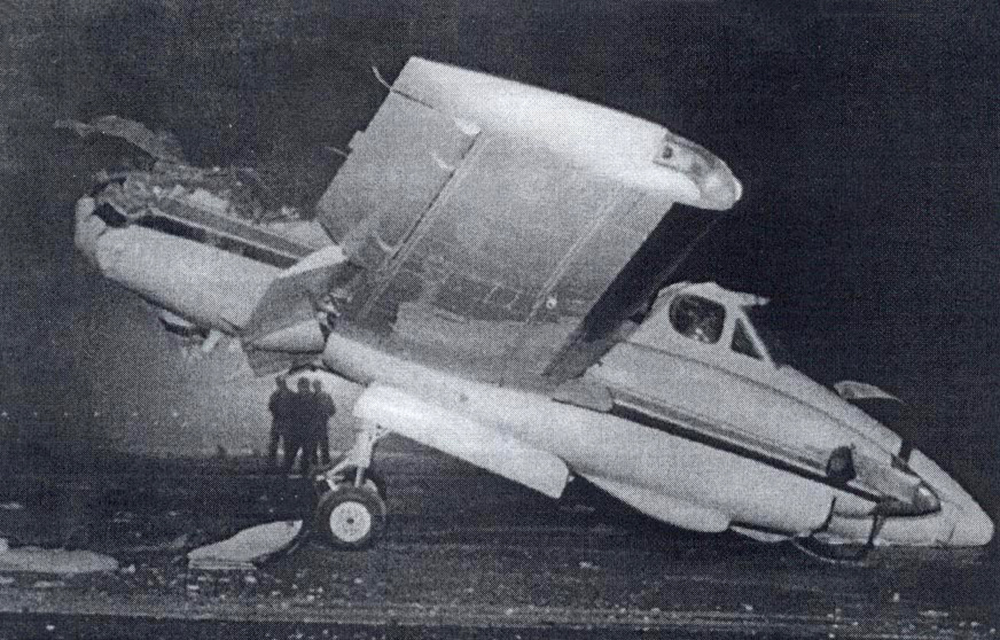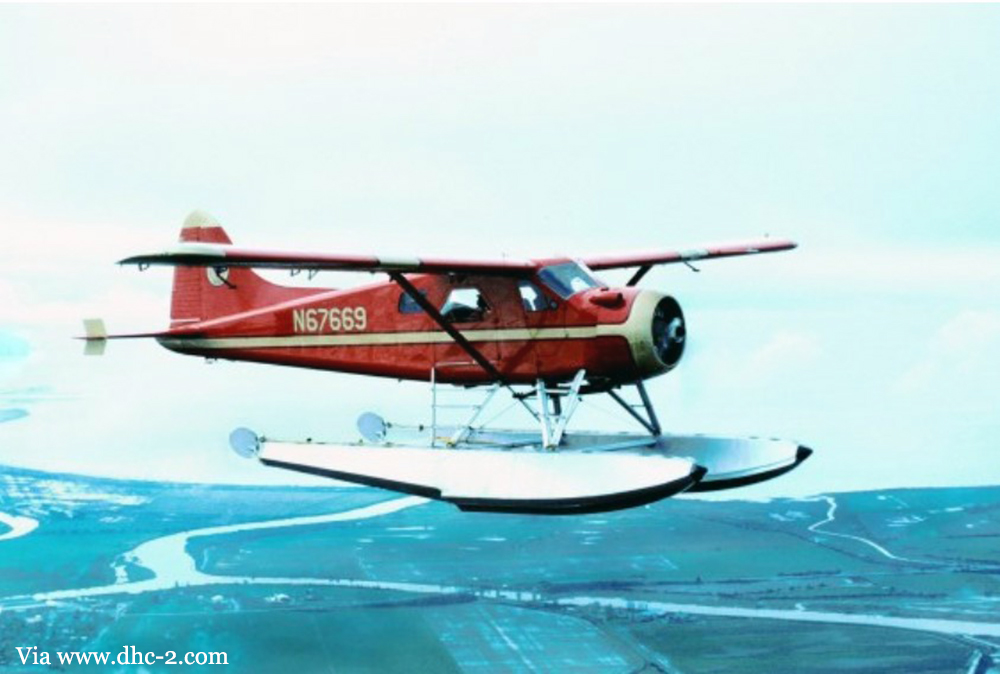Crash of a Swearingen SA226TC Metro II in Copenhagen
Date & Time:
Jan 16, 1991 at 0100 LT
Registration:
OY-BZW
Survivors:
Yes
MSN:
TC-328
YOM:
1980
Crew on board:
2
Crew fatalities:
Pax on board:
0
Pax fatalities:
Other fatalities:
Total fatalities:
0
Circumstances:
While on a night approach to Copenhagen-Kastrup Airport runway 22L, the right engine failed. The crew was able to feather the right propeller but the nose gear failed to deploy. Manual recycling was ineffective and the crew continued the approach. The aircraft landed on its nose, rolled for few dozen meters and came to rest on the main runway. Both pilots escaped uninjured and the aircraft was damaged beyond repair.
Probable cause:
Failure of the right engine caused by the failure of the turbine assembly retention guide vane. This caused a reduction of the hydraulic pressure, preventing the nose gear to be lowered.
